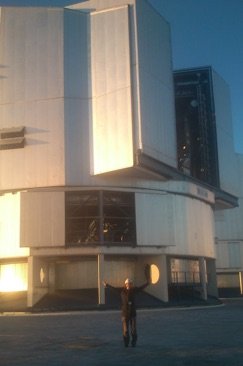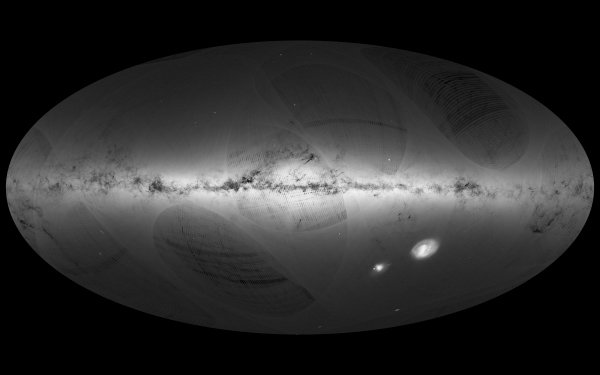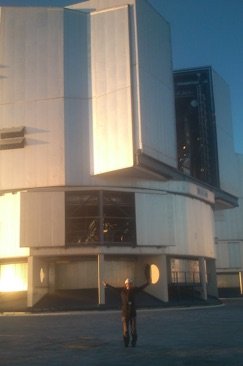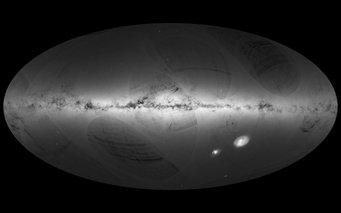

From stellar spectra we learn the history of the stars themselves, about the planets orbiting around them, about the galaxy in which they were born, and even the nature of the hot, dense bubble out of which all matter was created almost fourteen billion years ago. With homogenous mapping of the chemical compositions, ages, positions, and kinematics of millions of stars, our understanding of both stars and galaxies will be revolutionised in the coming years. This science is called Galactic archaeology and is made possible because the stars carry information about their past in their present-day chemistry and dynamical properties.
Because today’s Milky Way is made of many populations with overlapping characteristics, the most promising way to disentangle the formation path of each of the Galactic components and their interrelationships is by obtaining large samples of stars in the bulge, halo, thick and thin disk, with both detailed chemical abundances and kinematic information. The collected data will address some of the biggest questions in contemporary astronomy and cosmology. Our research group is involved in several ongoing and future large stellar surveys with this goal in mind.
However, stellar abundances must be determined with the help of theoretical models of the light-emitting atmospheres. We also develop advanced 3D, non-equilibrium models of stellar spectra, challenging traditional analysis and the strongly simplifying approximations to the actual physical states of stellar atmospheres that are usually made.
In these pages you will find a description of our ongoing projects and recent publications. Our independent research group is sponsored by the Sofja Kovalevskaja Award of the Alexander von Humboldt Foundation, by the Swedish Research Council and the European Commission. This fixed-term research project is scheduled to end 31 December 2019.
The core group consisted of (parentheses indicate post-MPIA affiliations):
- Group leader Karin Lind (→ Stockholm University)
- PhD student Sven Buder (→ Australian National University)
- PhD student Xudong Gao (at MPIA)
- Postdoc Anish Amarsi (→ Uppsala University)
- Postdoc Diane Feuillet (→ Lund University)
- Postdoc Ása Skúladóttir (→ Florence University)
In addition, the group was host to a number of short-term (~1-year) visiting researchers:
- PhD student Henrique Reggiani (→ Johns Hopkins University)
- PhD Student Theodora Xylakis-Dornbusch (→ Landesternwarte, University of Heidelberg)
- Postdoc Yeisson Osorio (→ IAC, Tenerife)


